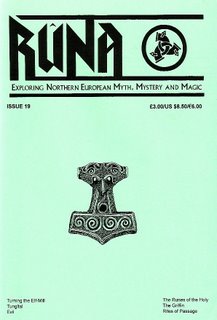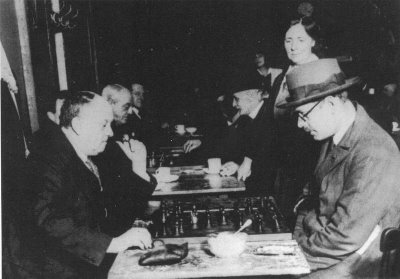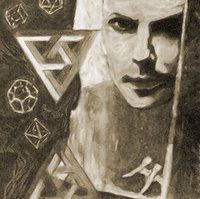Quotes of the day
 If the Party could thrust its hand into the past and say this or that even, it never happened—that, surely, was more terrifying than mere torture and death.
If the Party could thrust its hand into the past and say this or that even, it never happened—that, surely, was more terrifying than mere torture and death.And if all others accepted the lie which the Party imposed—if all records told the same tale—then the lie passed into history and became truth. 'Who controls the past' ran the Party slogan, 'controls the future: who controls the present controls the past.
Day by day and almost minute by minute the past was brought up to date. In this way every prediction made by the Party could be shown by documentary evidence to have been correct; nor was any item of news, or any expression of opinion, which conflicted with the needs of the moment, ever allowed to remain on record. All history was a palimpsest, scraped clean and reinscribed exactly as often as was necessary.
Don't you see that the whole aim of Newspeak is to narrow the range of thought?… Has it ever occurred to your, Winston, that by the year 2050, at the very latest, not a single human being will be alive who could understand such a conversation as we are having now?…The whole climate of thought will be different. In fact, there will be no thought, as we understand it now. Orthodoxy means not thinking—not needing to think. Orthodoxy is unconsciousness.
Parsons was Winston's fellow employee at the Ministry of Truth. He was a fattish but active man of paralyzing stupidity, a mass of imbecile enthusiasms—one of those completely unquestioning, devoted drudges on whom, more even than on the thought police, the stability of the Party depended.
It was curious to think that the sky was the same for everybody, in Eurasia or Eastasia as well as here. And the people under the sky were also very much the same—everywhere, all over the world, hundreds or thousands of millions of people just like this, people ignorant of one another's existence, held apart by walls of hatred and lies, and yet almost exactly the same—people who had never learned to think but were storing up in their hearts and bellies and muscles the power that would one day overturn the world.
- from George Orwell's 1984




 Last night I was reading poems by
Last night I was reading poems by 


